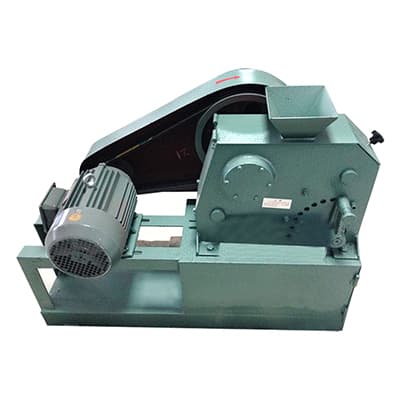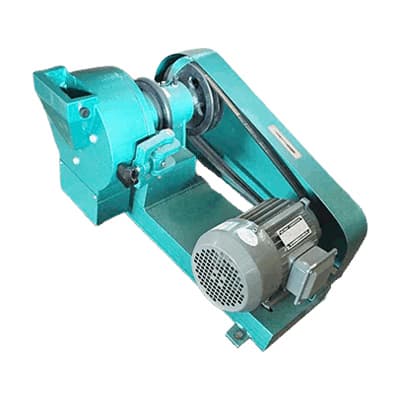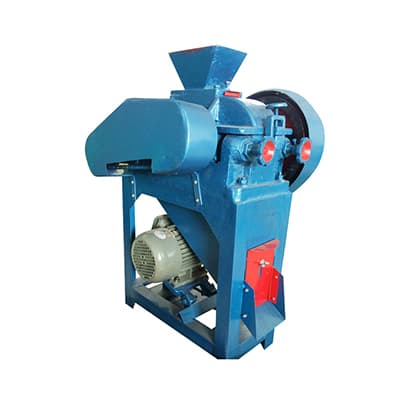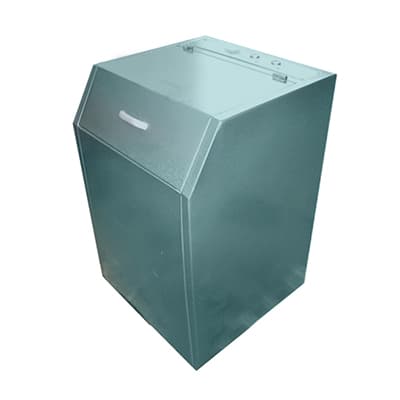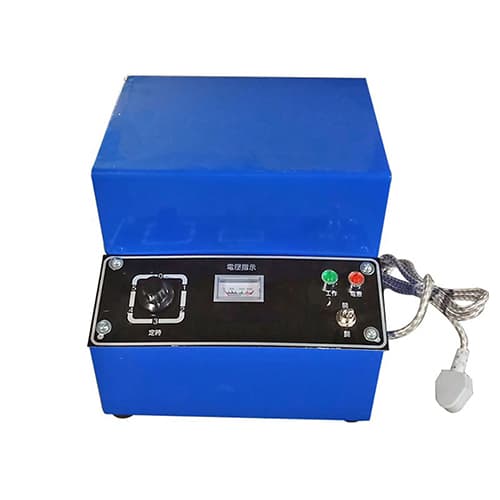what is it
Laboratory Hammer Crusher
Capacity: 600-1000kg/hr
Application: Widely used in material research, geological research, metallurgy, building materials and other fields; laboratories, research institutions and small production lines for crushing materials with low hardness.
Description
The laboratory hammer crusher is used for preliminary crushing, sample preparation of small batches of ore samples. Commonly used in research laboratories, academic institutions and industrial laboratories. In addition, the adjustable discharge opening enables users to control the size of the final product according to their specific needs. JXSC laboratory hammer crusher has the characteristics of fine crushing, strong controllability, easy operation and multi-functionality. It can help users understand important parameters such as crushing characteristics of different materials, particle distribution of crushed products and obtain precise results for their experiments or analysis.
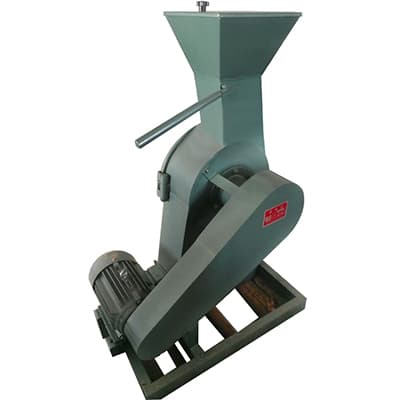
Advantages
High crushing efficiency
The high-speed rotation and impact of the hammer head can quickly crush materials and have high-efficiency crushing capacity.
Adjustable particle size
By adjusting the working parameters of the crusher, such as the rotation speed, the number of hammerheads and the size of the gap, the required particle size of the crushed material can be controlled.
Wide application range
Suitable for crushing various brittle materials, such as ore, rock, slag, glass, ceramics, etc.
Good safety performance
Small size and weight, easy to use and move in the laboratory; Fully sealed design, in line with safe working requirements.
Durable Construction
Made of high-quality materials with strong wear resistance and durability, it works efficiently during long-term use without affecting performance.
Easy to operate
Lab hammer crushers usually have a relatively simple structure, fewer components, and are more convenient to use and maintain.
Principle
The laboratory hammer crusher mainly comprises crushing chamber, hammer head, rotor, sieve plate and transmission system. The material enters the crushing cavity through the feeding port and collides with the high-speed rotating hammer head in the cavity. The hammer head rotates at high speed, impacting and breaking the material into smaller particles. The crushed material is discharged through the aperture of the sieve plate to meet the required particle size requirements.
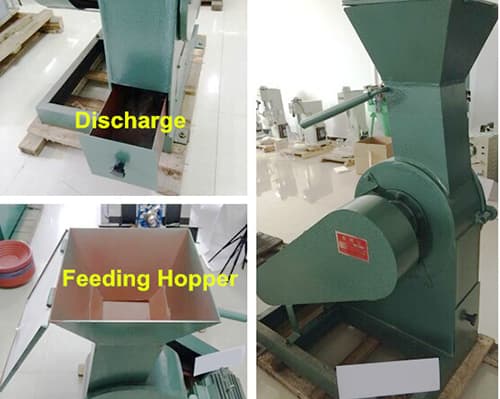
Specification
| Model | Feeding Size(mm) | Output adjustable Range(mm) | Motor Power(kw) | Capacity(kg/h) | Weight(kg/h) |
| PC400*150 | 90 | 0.2-6 | 1.5 | 600-800 | 150 |
| PC400*185 | 90 | 0.2-6 | 3 | 400-800 | 180 |
| PC400*200 | 100 | 0.2-6 | 3 | 400-800 | 200 |
| PC180*150 | <50 | 1-6 | 2.2 | 300-600 | 136 |
| PC250*360 | 150 | 3-12 | 3 | 600-1000 | 300 |

